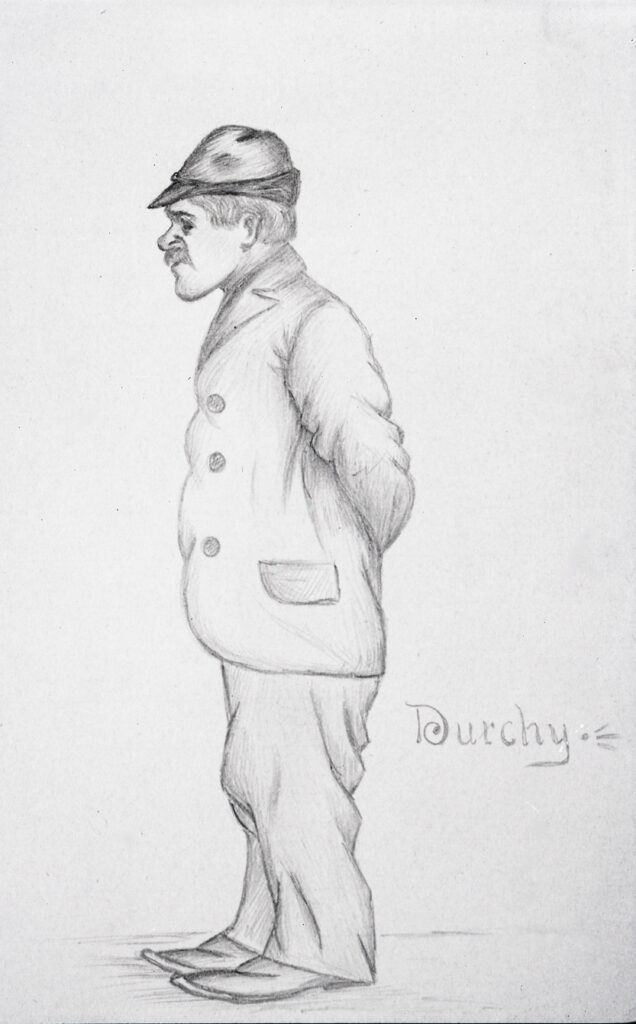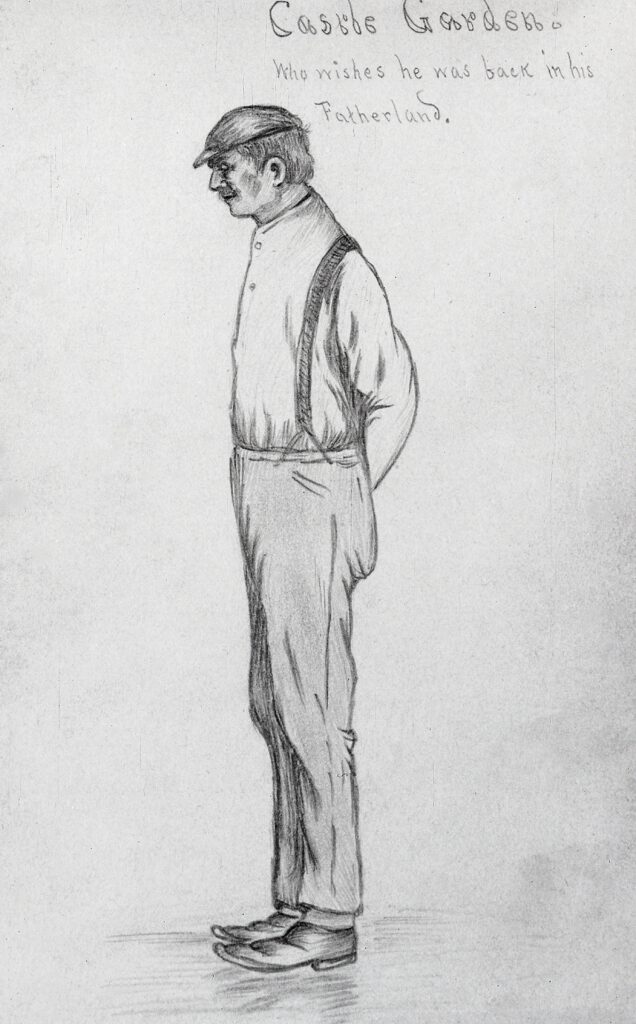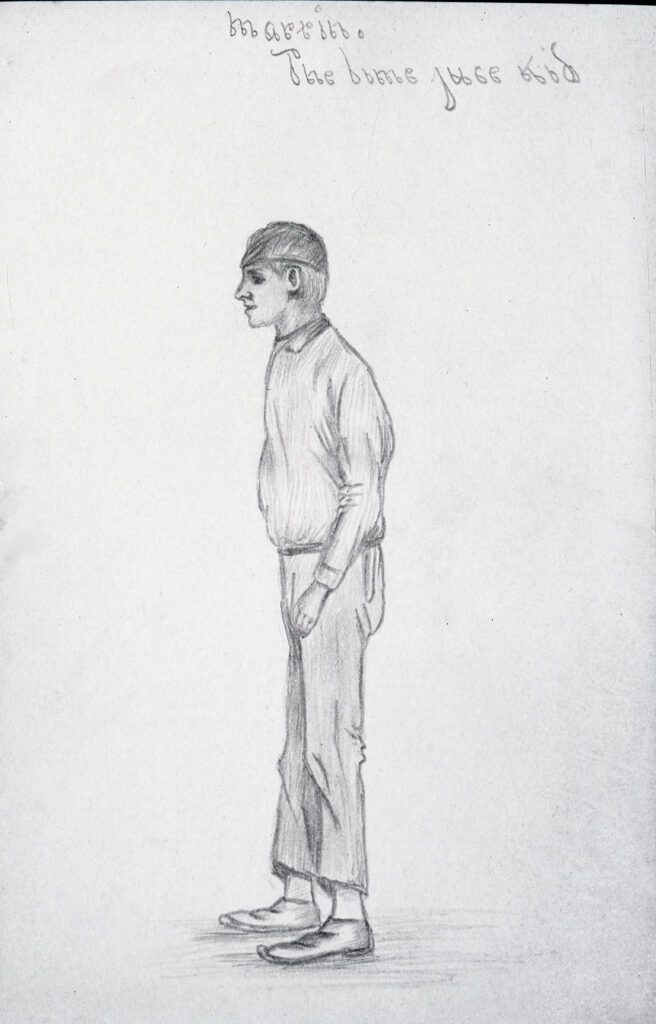Now on Exhibit
Stillman Building, 2nd Floor
The original 244-foot, square-rigged, sailing ship, more than twice the length of the Charles W. Morgan and the last survivor of this type of vessel, was built in 1883 at the shipyard of Goss, Sawyer & Packard in Bath, Maine, and named for one of the builders. The vessel is typical of the superbly designed, finely crafted “Down Easters” or “Cape Horners” of the late 19th century built to carry cargoes around Cape Horn between America’s Atlantic and Pacific ports. The “Down Easters” replaced the clipper ships as the economic demands called for less speed and more cargo-carrying capacity. During most of the Packard‘s 20-odd years in the Cape Horn trade the vessel was owned by Arthur Sewall & Co. of Bath, the largest firm of Cape Horn merchants at the time, and worked out of New York (though the vessel’s official port of registry was Bath).
In 1908, the Packard was purchased by the Northwest Fisheries Company of Seattle and was employed by them (1908-18), and later by the Booth Fisheries Company of Port Townsend, Washington (1918-25), as a “salmon packer,” carrying fisheries workers and equipment from Puget Sound up to the Alaskan fish canneries in the spring and returning in the fall with the workers and the fish. After the degradation of one last “voyage” from Puget Sound to New York as a lumber barge in tow through the Panama Canal, the Packard was retired in 1927.

Subsequent efforts to preserve the vessel as a museum having failed, the Packard came to rest as an amusement park attraction in Rye, New York, where the vessel was irreparably damaged in the hurricane of 1938. Before the Packard was scuttled, some of the after cabin paneling and interior furnishings were removed and brought to Mystic Seaport Museum, where they were stored until the reconstruction was begun almost 40 years later.
The portion of the after cabin on display includes the captain’s stateroom—his day cabin, with its rich goldleafed panels restored, marble and brass fixtures, and plush upholstery—and the officers’ mess cabin. The excellence of the various woods, the fine veneers and graceful carving, and the elaborate decorations testify to the overall magnificence of the ship.

Davis Newton Dean










